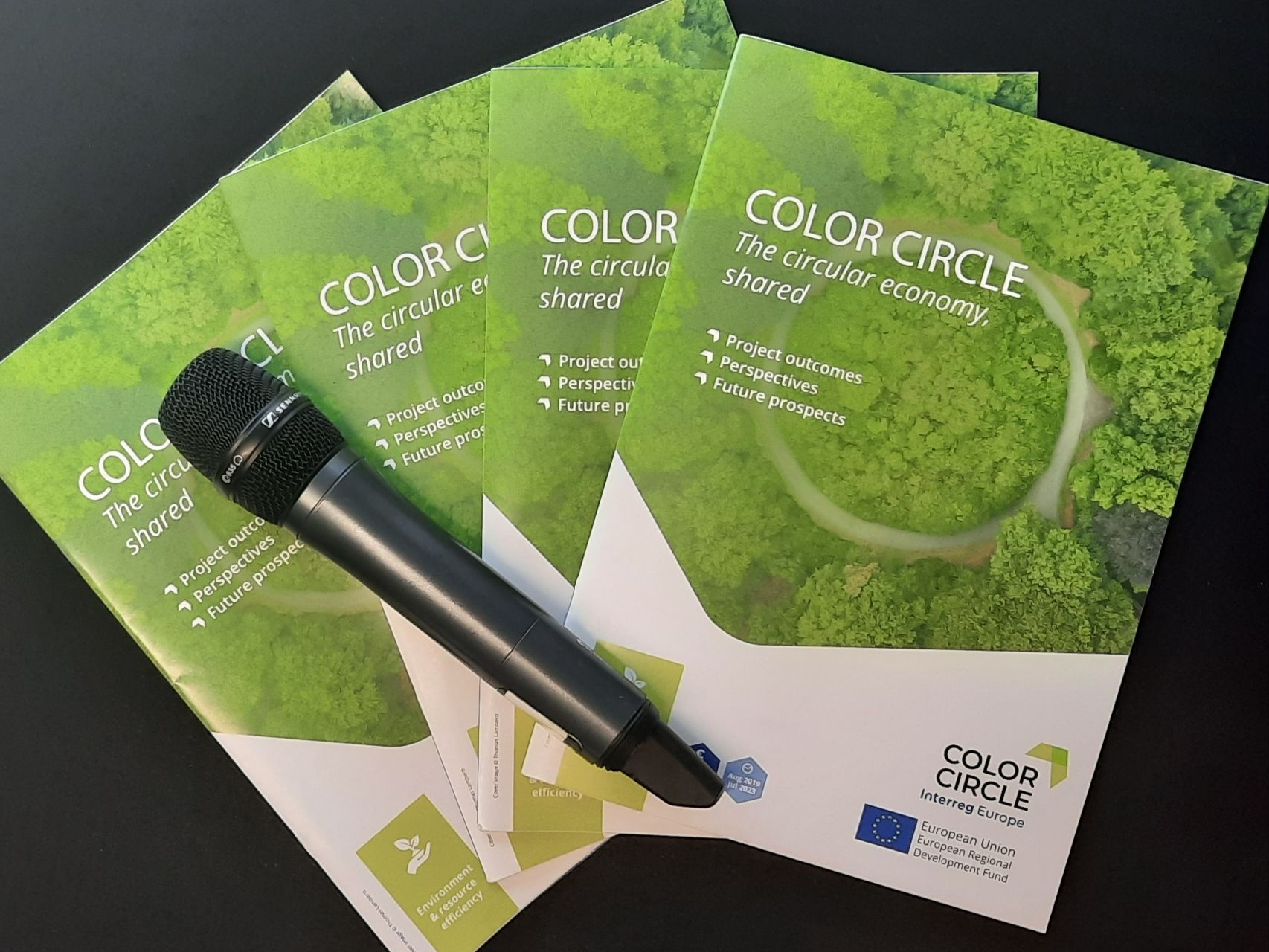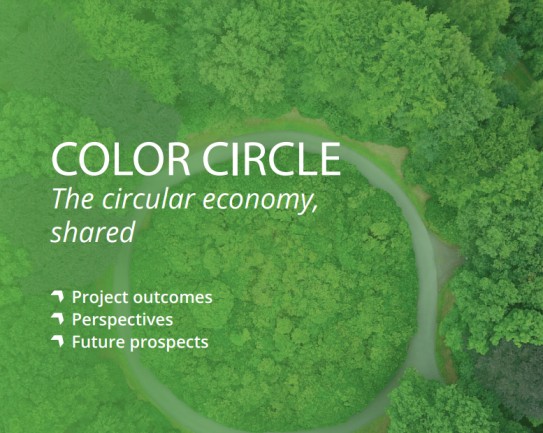The transition to circular economy will be systemic, deep and transformative, in the EU and beyond. It will be disruptive at times, so it has to be fair. It will require an alignment and cooperation of all stakeholders at all levels - EU, national, regional and local, and international.
On 11 March 2020 the European Commission adopted a new Circular Economy Action Plan - one of the main blocks of the European Green Deal, Europe’s new agenda for sustainable growth.
It introduces legislative and non-legislative measures targeting areas where action at the EU level brings real added value to:
• Make sustainable products the norm in the EU (“the Commission will propose a sustainable product policy legislative initiative […] to widen the Ecodesign Directive beyond energy-related products”)
• Empower consumers and public buyers (“the Commission will work towards establishing a new ‘right to repair”)
• Focus on the sectors that use most resources and where the potential for circularity is high such as: electronics and ICT; batteries and vehicles; packaging; plastics; textiles; construction and buildings; food; water and nutrients; (“the Commission will […] propose to revise the rules on end-of-life vehicles […], considering rules on mandatory recycled content for certain materials of components, and improving recycling efficiency.”)
• Ensure less waste (“Creating a well-functioning EU market for secondary raw materials”)
• Make circularity work for people, regions and cities (“EU financing instruments and funds to support the necessary investments at regional level and ensure that all regions benefit from the transition.”)
• Drive the transition through research, innovation and digitalisation “The European data space for smart circular applications […] will provide the architecture and governance system to drive applications and services such as product passports, resource mapping and consumer information.”
• Lead global efforts on circular economy (“the Commission will […] lead efforts at international level to reach a global agreement on plastics […] propose a Global Circular Economy Alliance”).
COLOR CIRCLE is an Interreg Europe project focusing on circular economy. We are 6 regional partners from 5 different European countries, exchanging good practices to connect and empower local authorities with research capacities to unluck the full potential of circular economy at local level.
Here you can find the EU Commission’s New Circular Economy Action Plan in our project partners’ languages:
- In English,
- In French,
- In Czech,
- In Romanian,
- In Dutch,
- In Spanish.















